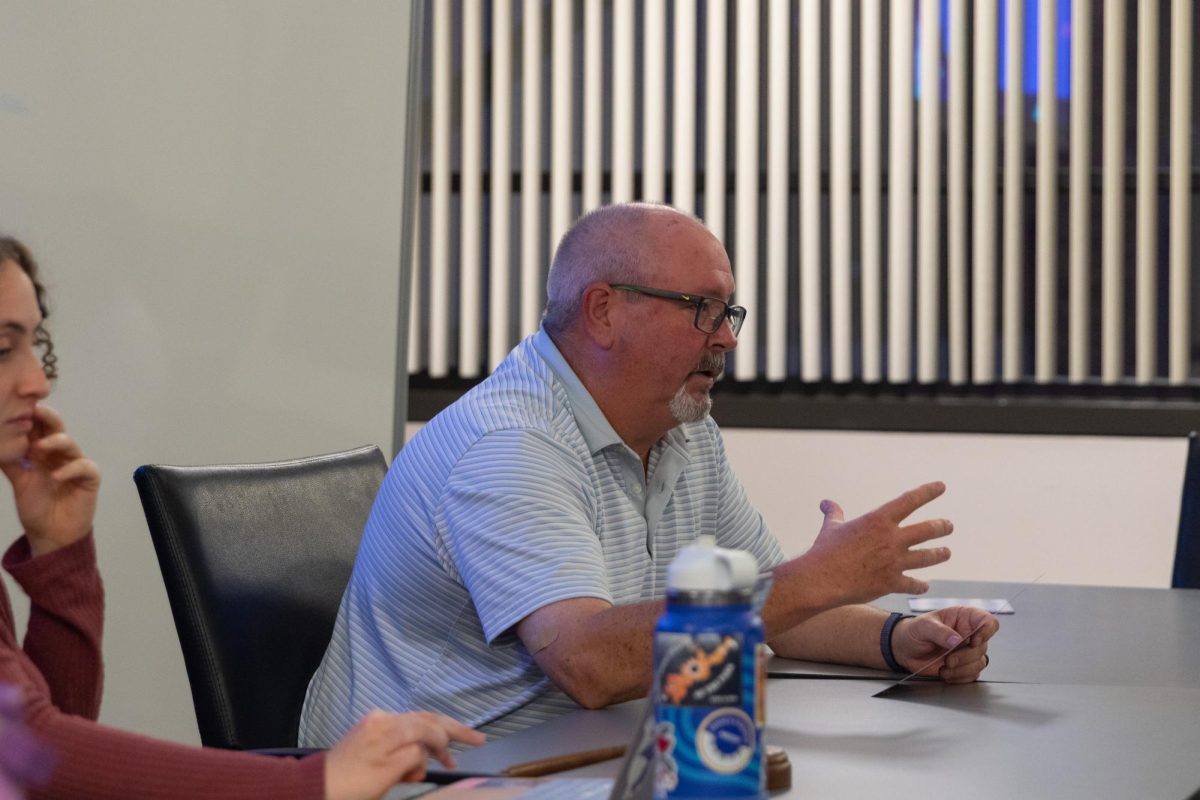When Ithaca College sophomore Samantha* started dating her boyfriend, Rick*, she knew his arrogance exuded a tough-guy image.
But she never expected that person to use physical force against her.
“I went into shock,” she said. “It provided a real reality check for me.”
Samantha said her 13-month relationship was not always bad.
“We had private jokes, nicknames, songs and we thought we were in love,” she said.
Six months later, Rick began following Samantha to her dorm room, arguing with her in public and embarrassing her in front of their friends. Rick did not apologize for the behavior, so Samantha began to think the things he said were true.
“It’s sad that nobody knew to call it abuse while it was happening,” she said. “It’s dangerous because [verbal and emotional abuse is] completely what leads up to physical abuse.”
According to the most recent study by the National Center for Victims of Crime, 20 percent of women between the ages of 20 and 24 were at risk for nonfatal intimate partner violence — 80.3 percent of whom had met their abuser in college.
The numbers seem so high, said Mary Kranz, supervisor of nurses at the Hammond Health Center, because intimate partner abuse involves more than students imagine it to be.
“The first thing you think of is boyfriends beating up their girlfriends,” Kranz said. “[But] abuse takes all forms.”
Samantha said psychological abuse is difficult to identify because of the typical image of an abuser.
“When you think abuser you think physical, you think a big guy with a beard,” she said. “[But] it’s not, it’s the guy in the Ithaca College sweat shirt walking by you who calls his girlfriend a bitch or makes fun of her in front of your friends.”
Rick would say things like “You disgust me” and “I can’t stand you.” Samantha said he would belittle her when they argued or if she expressed her hurt.
Samantha’s relationship with Rick is an example of the cycle of violence in an abusive relationship, according to Patty Tvaroha, a community educator at the Tompkins County Advocacy Center.
“There is typically a tension-building phase, like the walking-on-eggshell phase,” she said. “Then there is an explosion of some sort of violence.”
Tvaroha said after the violence, the abuser begins a “honeymoon” phase of continual apology. But she said the honeymoon phase will become more infrequent until it disappears altogether.
“This can be really confusing for the victim because [the honeymoon phase] is where they see the person they fell in love with,” Tvaroha said. “But the abuser is doing a lot of victim blaming.”
The nature of abuse continues to expand with the new generation’s constant connection to the Internet, according to Deb Harper, director of the college’s Counseling Center.
Harper said this generation of college students has become desensitized to Internet-aided abuse because they are constantly connected to technology.
“Some people are genuinely surprised that their behavior is abusive because it is normalized in the culture,” Harper said.
Harper said students are always connected or available by technology, like cell phones, so it is hard to draw the line between healthy and unhealthy. Cell phones have provided a vehicle for abuse from miles away, at any time. Many partners compulsively worry about what the other is doing, she said.
“Technology has thrown us into a different way of being. We kind of lose our selves in that,” she said. “And if this is the norm or expectation — 24/7 availability — then how do you know what’s enough?”
According to the National Center for Victims of Crime, two-thirds of stalkers pursue their victims at least once per week, and 78 percent of stalkers use more than one means of contacting the victim.
Samantha said Rick used the Internet and his cell phone to constantly check in, and would apologize in text messages until she returned the call.
“[He did it so] it is not a face-to-face thing,” she said. “He thought he was in control of the situation.”
Even for people who make clean breaks with abusive partners, technology has made it easy for people to cyber-stalk, using the Internet to obtain personal information like new cell phone numbers, said Terry Garahan, a crisis counselor and instructor of sociology at the college. With developments in Facebook and MySpace, nearly anyone can obtain personal information without the victim’s knowledge.
“In most cases, stalking of all kinds is unwanted intrusive contact,” Garahan said. “It is difficult to identify cyber-stalkers. … It is hard to know, even if you know who is stalking, whether or not the person causes a risk to you.”
Laura Durling, assistant director of patrol and security services, said intimate partner abuse is often underreported on campus.
“Nobody wants to blow the whistle on someone you think loves them,” Durling said.
Samantha said she called Public Safety after the first physical incident, but never pressed charges.
Durling said authorities can help victims of abuse, but many do not want their partner arrested.
“A lot of times in a situation, the other person is somebody the person thinks loves them, [so] they will make excuses,” Durling said.
Though abuse can feel inescapable, Kranz said students have options.
“Students think because they have come to the Health Center we have to turn them in,” Kranz said. “But due to federal privacy laws, known as HIPAA, we cannot and will not discuss a patient’s care with anyone without the patient’s written consent.”
Tvaroha said the Advocacy Center provides college students with many services, including one-on-one counseling, safety planning, crisis management and a 24-hour hotline. Support groups and educational programs are also offered on a weekly basis.
“This is a societal problem. We shouldn’t be asking why she stays, we should be asking why he does that,” Tvaroha said. “If we could get society to shift their focus from that victim-blaming statement of why does she stay, to why does he think it’s OK to treat her like that, then that would be a big step toward helping survivors of violence.”
After the break-up, Samantha said it took her months to regain trust in people and overcome the self-blame she put on herself.
“It was hard and took time to fully come to terms with the fact that none of that was my fault, and to fully realize that I did not deserve any of it,” she said.
*NAMES HAVE BEEN CHANGED TO PROTECT THE STUDENTS’ IDENTITIES
Warning Signs
Verbal Abuse: name-calling, putdowns, mind games, manipulation
Isolation: controlling or limiting what the victim does, sees or who he/she talks to
Jealousy: possessiveness and insecurity that leads to controlling behavior
Threats: to harm the victim, victim’s family or hurt self
Stalking: following and tracking the victim
Getting Help
On campus: The Hammond Health Center, Counseling Center, Public Safety
The National Teen Dating Abuse Hotline, loveisrespect.org
The Checklist for abuser and abused, seeitandstopit.org
Sources: The American Medical Association, Loveisrespect.org







